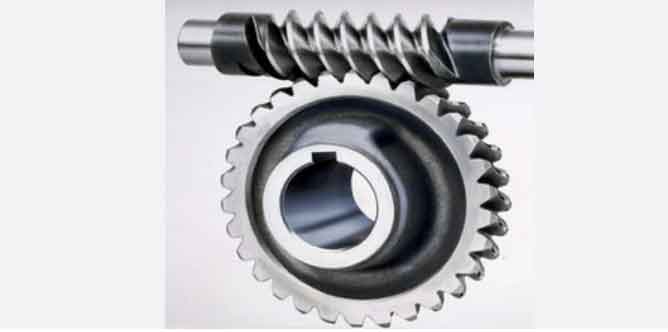
Advancements in worm gear technology are continuously optimizing efficiency and load capacity, making them more versatile and capable of handling diverse engineering applications. Some of the key advancements that contribute to improving the performance of worm gears include:
- Improved Materials: The use of advanced materials, such as high-strength alloys and composite materials, allows for the design of worm gears with higher load-carrying capacity and improved durability. These materials can withstand higher stresses and reduce wear, resulting in longer gear life.
- Enhanced Tooth Profiles: Advanced tooth profile designs, such as modified involute profiles and optimized helix angles, help improve the efficiency of worm gears. These profiles reduce friction and sliding between gear teeth, leading to higher mechanical efficiency.
- Surface Treatments: Innovative surface treatments, such as case-hardening and nitriding, enhance the surface hardness and wear resistance of worm gears. This ensures the gear teeth can handle higher loads and have improved resistance to pitting and scoring.
- Precision Manufacturing: Advancements in manufacturing technologies, including CNC machining and 3D printing, enable the production of worm gears with higher precision and tighter tolerances. This results in better gear meshing, reduced backlash, and improved overall performance.
- Coatings and Lubrication: Specialized coatings and lubricants are developed to reduce friction and wear in worm gear systems. These coatings can enhance the performance of worm gears, especially in high-load and high-speed applications.
- Multi-start Worm Gears: Multi-start worm gears have multiple threads on the worm shaft, which allows for higher speed ratios and greater load-carrying capacity. These gears can transmit more torque while maintaining the same gear diameter.
- Integrated Design and Analysis Software: Advanced computer-aided design (CAD) and simulation software enable engineers to optimize worm gear designs, taking into account various parameters such as contact stress, load distribution, and efficiency. This results in more efficient and robust gear systems.
- Noise Reduction: Noise is a common concern in worm gear applications. Advances in gear design and tooth profile optimization help minimize gear noise, making worm gears suitable for noise-sensitive applications.
- Gearbox Design Optimization: Integrating worm gears into optimized gearbox designs can further enhance their efficiency and load capacity. Proper gearbox layout, component selection, and lubrication systems contribute to overall system performance.
- Real-time Monitoring and Predictive Maintenance: IoT-enabled sensors and monitoring systems allow real-time data collection on gear performance and condition. This data can be used to implement predictive maintenance strategies, preventing unexpected failures and optimizing gear operation.
These advancements in worm gear technology continue to broaden their applications in various industries, including automotive, aerospace, robotics, and power transmission systems. As researchers and engineers explore new materials, manufacturing techniques, and gear geometries, worm gears will continue to be a critical component in modern engineering solutions, providing efficient and reliable power transmission across a wide range of applications.
